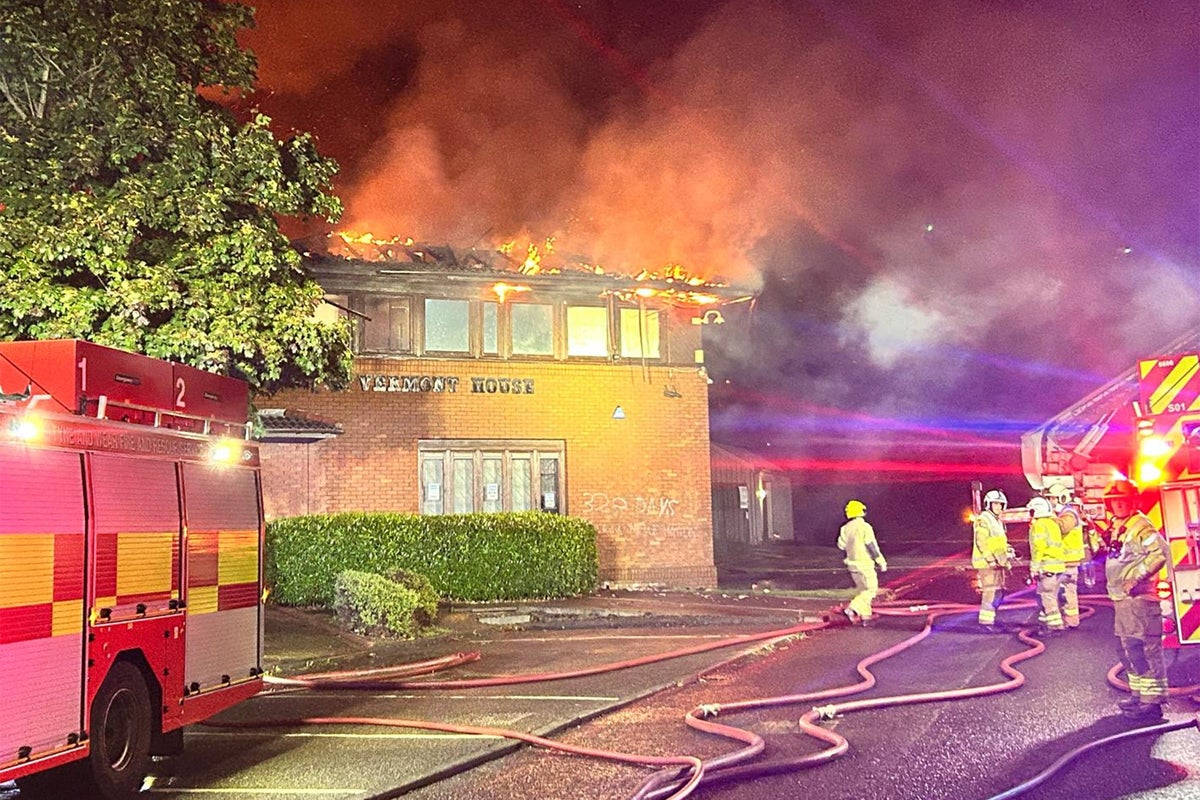Pregnant women are giving birth in maternity units plagued by water leaks, power outages, and faulty equipment, laying bare the crisis of the NHS’s crumbling hospital buildings.
A new report for NHS England flagged more than 14,000 safety incidents at maternity units in the past three years, fuelling disruptions, such as delays to planned C-sections.
The report warns of the “unsafe” condition of some hospital maternity wings, highlighting outdated, overheating, and “frequently broken” equipment and found that at least seven per cent of buildings are “at risk of imminent breakdown”.
It also highlighted overcrowded wards, some rooms that were too small to move pregnant women in an emergency, and security concerns, such as a lack of CCTV, and areas without natural light or ventilation.
NHS England said: “In the last 3 years, there have been 14,519 formally reported instances in the maternity and neonatal estate where clinical services have been interrupted or service delivery has been impacted as a direct result of poor physical conditions.”
Some seven per cent of wards were running “a serious risk of imminent breakdown”, in the worst-rated category D, while 42 per cent were deemed category C, which means they require immediate replacement or repair within three years.
London had the highest percentage of category C and D buildings, followed by the South West (56 per cent), North East and Yorkshire (47 per cent), North West (45 per cent), Midlands (45 per cent), South East (42 per cent), and the East of England (41 per cent.).
“Significant clinical time has been lost to estate-related issues, such as power outages, water leaks and faulty nurse call systems. This puts additional pressure on already stretched staff to provide high-quality and safe care and can directly lead to procedure delays, such as planned caesarean sections.”
Figures for April 2020 and March 2023 showed the most common reason for the disruption of services was issues with water, sewerage, and drainage, which accounted for 5,341 incidents, the second was ventilation and heating with 2,913 incidents recorded, and the third was structural issues such as leaks and flooding, with 1,909 recorded.
A separate data set in the report suggested 30 per cent of units did not comply with space requirements, with less than 50 per cent of maternity units big enough to accommodate birthing partners, and just 35 per cent confirming they had private places within A&E for families who suffered baby loss. The latter was a key recommendation in an NHS review into pregnancy loss care.
Other concerns identified in the report included:
- Rooms that are too small to safely remove patients in emergencies, and which are too cramped to fit necessary equipment and staff.
- overcrowded wards and nurseries with insufficient space between cots that increases the risk of infection and makes it difficult to provide care for newborns;
- inadequate rest and break spaces for staff, including a lack of overnight rest areas for consultants;
- and not enough post-natal beds to meet rising demand
Following the review, NHS England said it would allocate funding to NHS trusts to address “critical” risks.
It has asked NHS leaders to review the data for their maternity buildings and ensure premises meet safe standards.


.png?width=1200&height=800&crop=1200:800)
